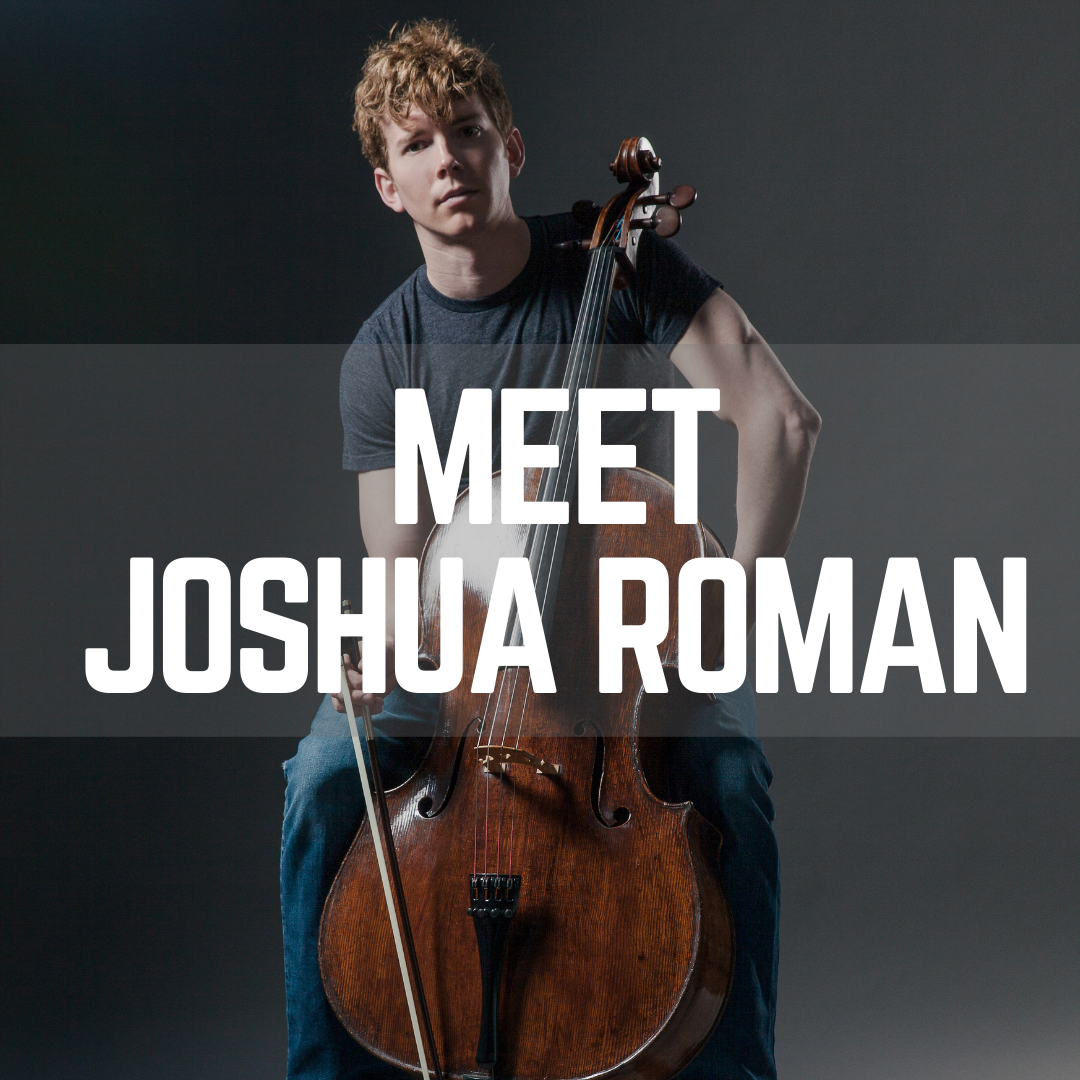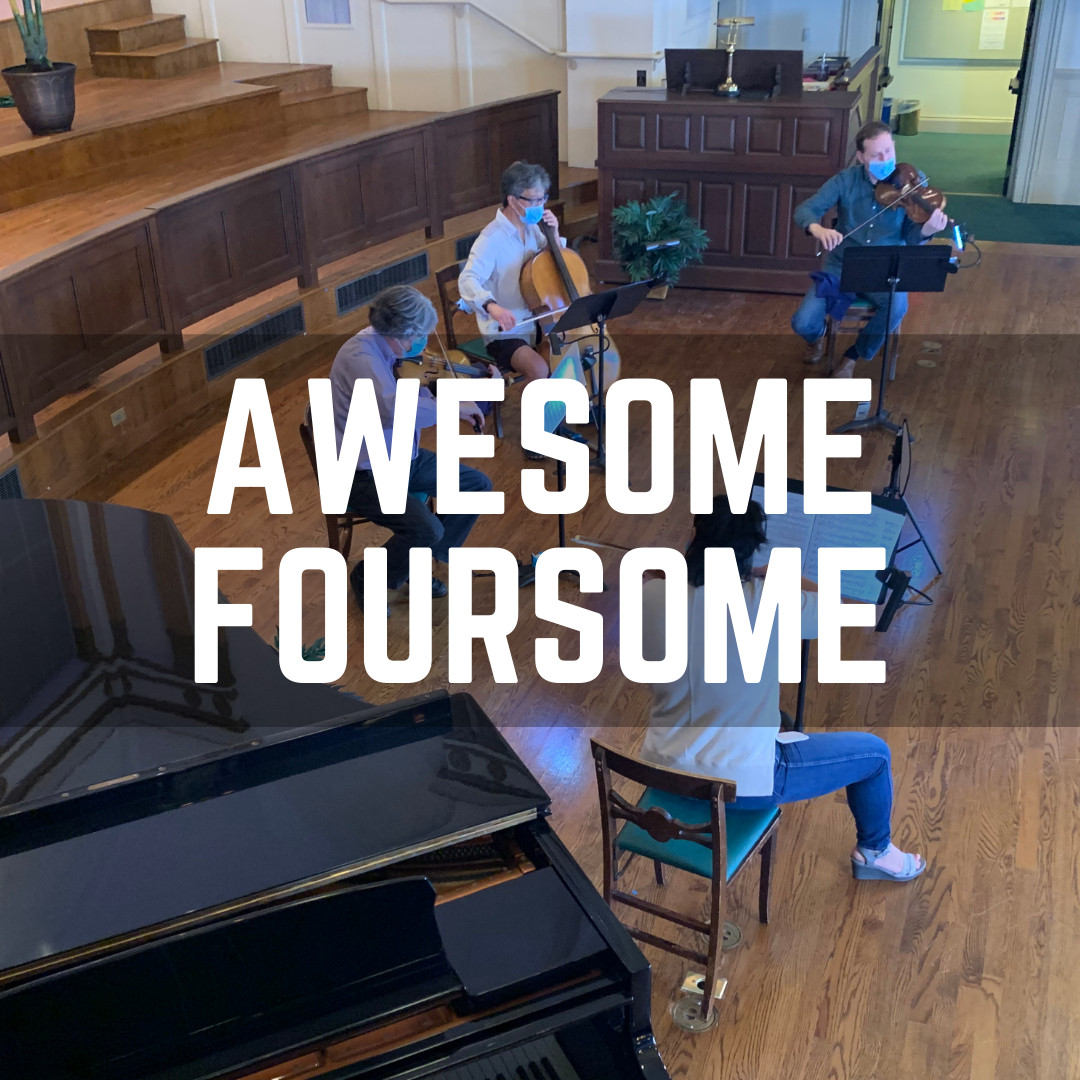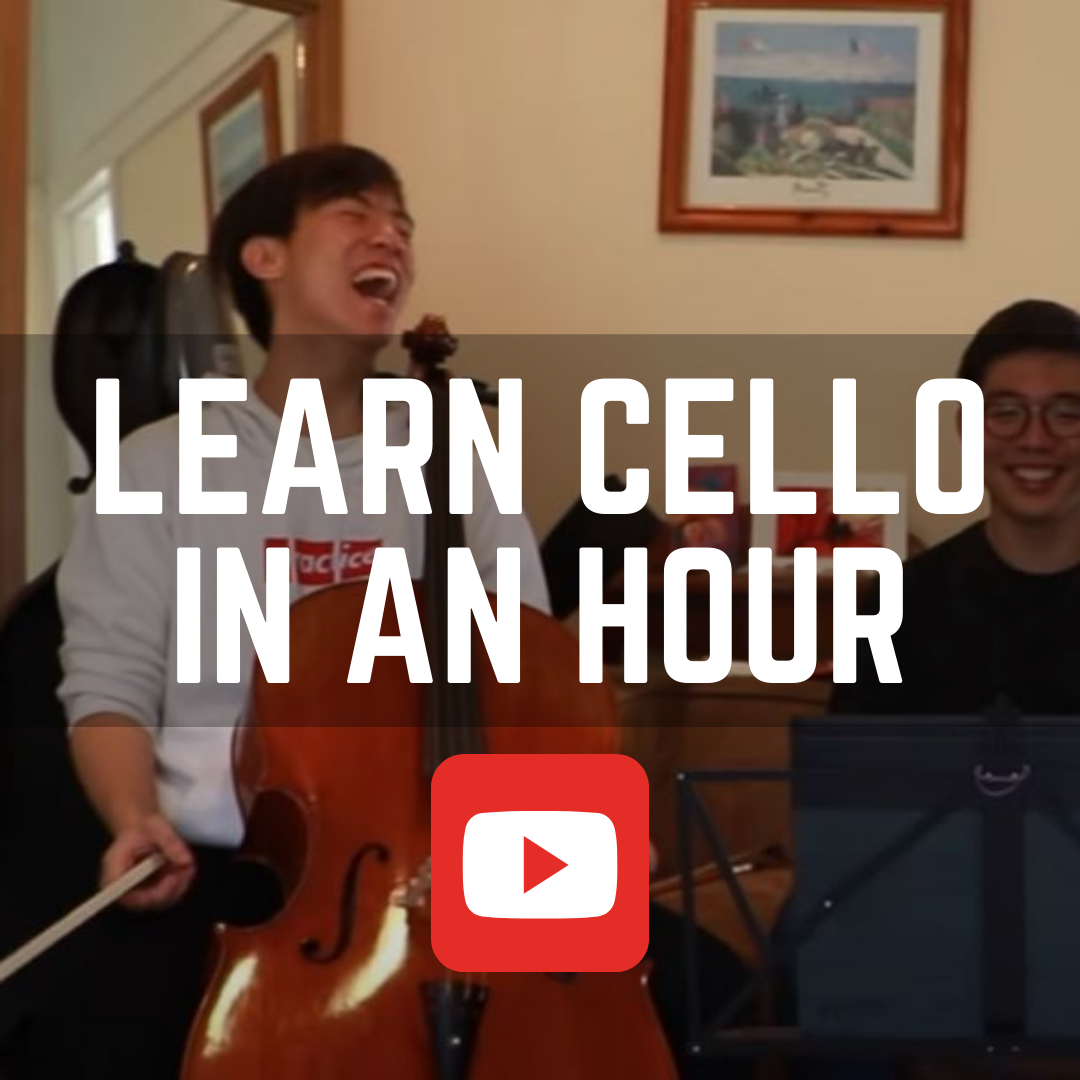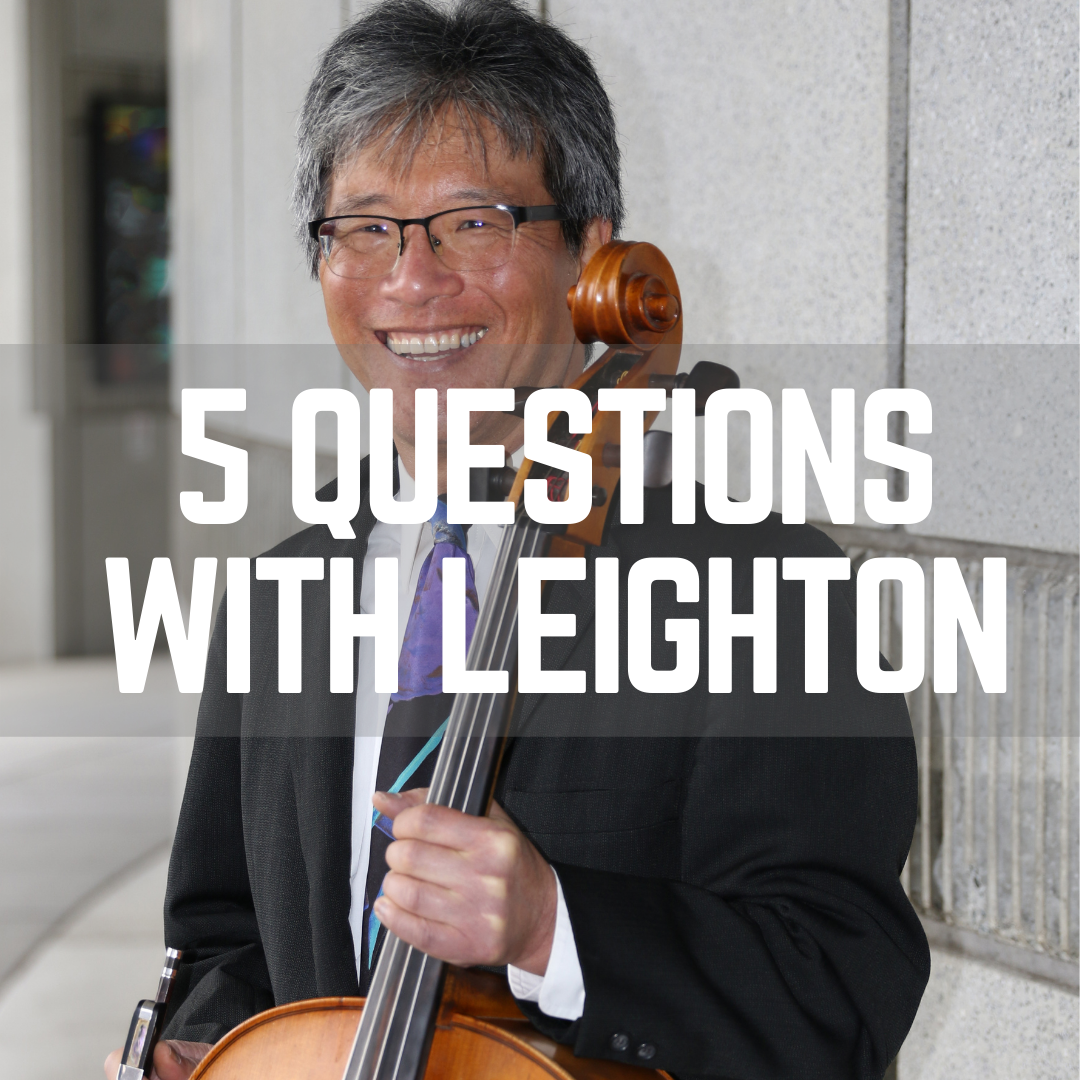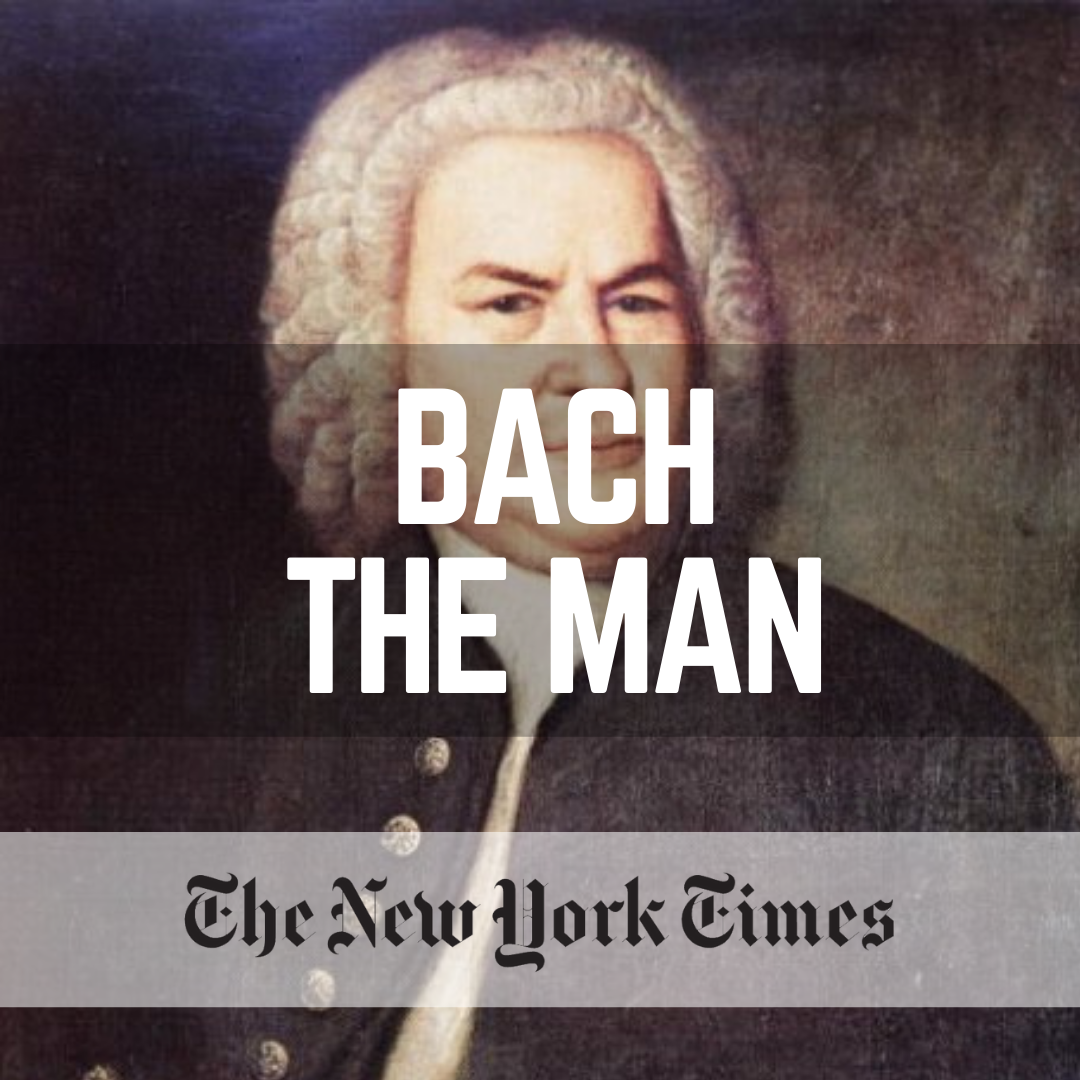It’s a Cello-bration!
Online and on Walnut Creek TV
Donato Cabrera, Music Director
Joshua Roman, cello
Jennifer Cho, Concertmaster
Philip Santos, violin
Marcel Gemperli, viola
Leighton Fong, cello
Bach (1685-1750)—Suite No. 1 in G Major: Prelude
Caroline Shaw (b. 1982)—in manus tuas
Penderecki (1933-2020)—Capriccio per Siegfried Palm
Allison Loggins-Hull —Stolen
Joshua Roman (b. 1983)—Duet (Digital Premiere)
Mark Summer (b. 1958)—Julie-O
Samuel Coleridge-Taylor (1875-1912)—Fantasiestücke for String Quartet Op. 5, mvts 1, 2, and 5
Jennifer Higdon (b. 1962)—Amazing Grace
Pre-concert talk with Donato Cabrera and Joshua Roman starts 30 minutes before the concert, at 6:30PM (PT).
Ways to Watch
Program Notes
Johann Sebastian Bach—Suite No. 1 in G Major for Unaccompanied Cello BWV 1007, Prelude (ca. 1720)
Caroline Shaw—in manus tuas (2009)
Kryzsztof Penderecki—Capriccio per Siegfried Palm (1968)
Allison Loggins-Hull—Stolen (2016)
Joshua Roman—Duet (2020) (Digital Premiere)
Mark Summer—Julie-O for Solo Cello
Samuel Coleridge-Taylor—Fantasiestücke for String Quartet Op. 5: Prelude, Serenade, and Dance (1896)
Jennifer Higdon—Amazing Grace for string quartet
Further Reading
Thank You, Donors!
The California Symphony gratefully acknowledges the members of our growing donor family! These individuals and organizations have demonstrated a commitment to the arts and improving our community. The following reflects gifts and pledges received for November 1, 2019 through October 31, 2020.

